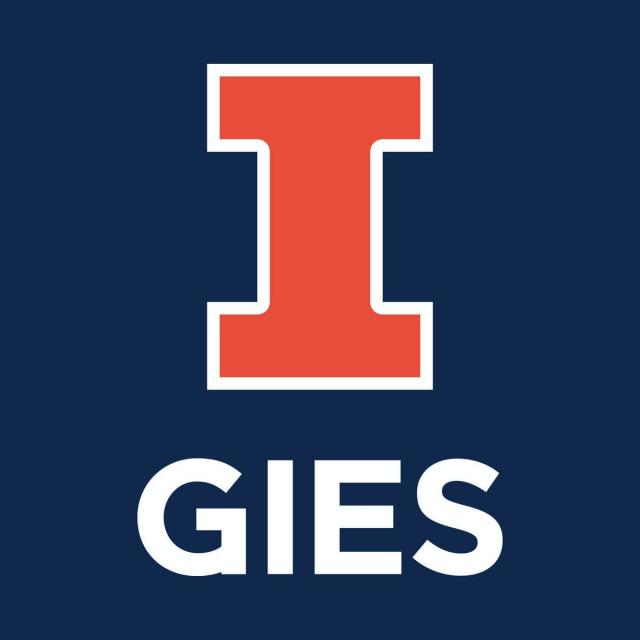MOOC List is learner-supported. When you buy through links on our site, we may earn an affiliate commission.

MOOC List is learner-supported. When you buy through links on our site, we may earn an affiliate commission.
Learners who complete this course will be able to successfully operate, repair, and upgrade a 3D printer. In addition, learners who enroll in the course certificate will be able to purchase a desktop 3D printer at a discounted price (provided by Ultimaker).
If you enjoy this business course and are interested in an MBA, consider applying to the iMBA, a flexible, fully-accredited online MBA at an incredibly competitive price offered by the University of Illinois.
Course 4 of 5 in the 3D Printing and Additive Manufacturing Specialization
Syllabus
WEEK 1
Course Orientation & Module 1 Origins of Desktop 3D Printing
In this welcome module, you will become familiar with the course, your classmates, and our learning environment.
In module 1, you will learn about “desktop” 3D printing as opposed to any other sort of 3D printing. You’ll learn this and more by exploring the history behind the creation of desktop 3D printers, overviews of the different types of desktop 3D printers, expose a few of the common misconceptions about them, and explore where you might gain access to them for yourself, including details to help you make an informed decision about the class of desktop 3D printer hardware that suits your specific needs and budget.
WEEK 2
Exploring Desktop 3D Printing Hardware - Control and Mechanical Systems
From a distance, the process of 3D printing looks like magic. Step closer and see how all of the core systems and components work together to fabricate real physical objects from digital design files. We make our first of two excursions “under the hood“ to look at the core systems and components that together and in parallel bring function to 3D printers.
WEEK 3
Exploring Desktop 3D Printing Hardware: Materials and Extrusion System
Now that we have an understanding of the controls and motion system. Let’s take a closer look at the extrusion process and what makes 3D printer filament so special. Let’s learn about the materials and processing that they go through when being printed.
WEEK 4
Preparing Designs and Jobs for Desktop 3D Printing & Printing Services
Now that you have looked closely at the fundamental physical systems and components involved with how desktop 3D printers function, and how they can be operated in “normal” situations, it is time to explore the processes involved with preparing digital objects and creating the job files (G-Code, or variant) that will drive the fabrication process.
WEEK 5
Operating Desktop 3D Printer Hardware: Preparing to Print
Okay, you’ve taken a broad view of desktop machines in the context of the history of 3D printers, very close view of the specific components and systems underneath the hood, and have crossed back-and-forth across the virtual-physical divide -- now it is time to spend some time seeing what it is like to use them!
WEEK 6
Operating Desktop 3D Printer Hardware: Printing and What Follows
In the final module we will then wrap up our exploration of operating desktop 3D printing hardware, covering the moment you hit print to fabricate a part, through to the stages that follow. We’ll wrap up the course with a section highlighting approaches to technical support, troubleshooting, and preventative maintenance, as long as some recommendations for common tools, mods, and add-ons we hope to help you on your own 3D printer experiences that will follow.
MOOC List is learner-supported. When you buy through links on our site, we may earn an affiliate commission.
MOOC List is learner-supported. When you buy through links on our site, we may earn an affiliate commission.
